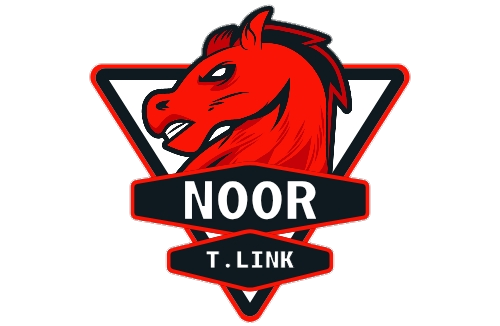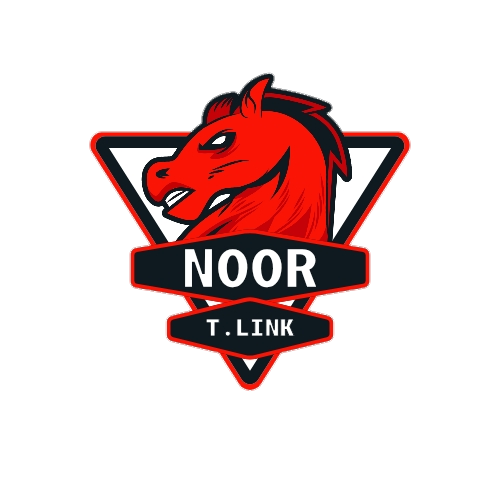MicroCloud Hologram Inc. (NASDAQ: HOLO), a technology company specializing in holographic digital twin systems, has introduced a blockchain-based edge storage and computing system aimed at enhancing the value of data circulation. This development integrates edge computing with decentralized blockchain infrastructure to deliver faster data access, improved security, and efficient data exchange between devices.
Fusing Edge Computing with Blockchain Security
The system is designed to address existing inefficiencies in traditional data storage and transmission. Unlike centralized cloud storage, edge storage involves storing data closer to its generation source—such as Internet of Things (IoT) sensors or mobile devices. This proximity helps reduce transmission latency and network congestion. HOLO has paired this edge storage capability with blockchain’s decentralized and tamper-resistant characteristics to establish a more secure and trustworthy data-sharing ecosystem.
By leveraging blockchain, the company seeks to build a platform where data integrity is assured and trust between devices is established without centralized oversight. Each edge device is assigned a unique identifier for authentication purposes. When a device intends to share its data, it publishes the content to the blockchain and defines the rules and permissions through smart contracts. Other devices on the network can then access or purchase this data based on the predetermined contract terms.
Smart Contracts Drive Automated Data Exchange
The new architecture revolves around four core components: edge nodes, blockchain networks, smart contracts, and data storage layers. Edge nodes—such as sensors, mobile devices, and IoT equipment—are distributed throughout the network and are responsible for generating and storing data. These nodes connect to a decentralized blockchain system, which maintains a complete ledger of transactions and smart contracts across all participating nodes.
Smart contracts in this framework function as programmable scripts that automate data exchange, enforce rules, and maintain compliance across the system. This eliminates the need for intermediaries while ensuring the integrity and reliability of shared data. Meanwhile, data storage is split between blockchain-based records—such as transaction logs and smart contract code—and raw data housed on edge devices. This separation optimizes storage efficiency while preserving security and privacy.
Solving Real-World Data Challenges
The company outlined a scenario involving an IoT device generating massive volumes of sensor data for multiple users. Traditionally, this data would be transmitted to a centralized cloud server before being distributed to end-users, resulting in significant latency and potential delays. In contrast, HOLO’s decentralized system allows data to be stored at edge nodes located closer to the source. This localized storage minimizes transmission delays and enhances real-time access.
The inclusion of blockchain encryption and authentication mechanisms further ensures that data remains secure and untampered throughout its lifecycle. Users and applications accessing this information can therefore trust its authenticity, which is crucial for high-stakes environments like healthcare, finance, or autonomous systems.
Building a Scalable, Trust-Centric Infrastructure
HOLO has positioned this innovation as a significant advancement toward distributed data infrastructures where value exchange and operational scalability go hand in hand. By combining edge storage with blockchain’s decentralized attributes, the company believes it is laying the groundwork for a system where data is not only accessible and fast but also secure, verifiable, and monetizable.
The company’s blockchain-enhanced edge architecture appears to be an effort to democratize real-time data exchange, allowing even small-scale devices to participate in a global ecosystem of intelligent, self-regulating data networks. This approach could pave the way for a new era in digital communication, one defined by distributed control, enhanced transparency, and faster access to actionable insights.



